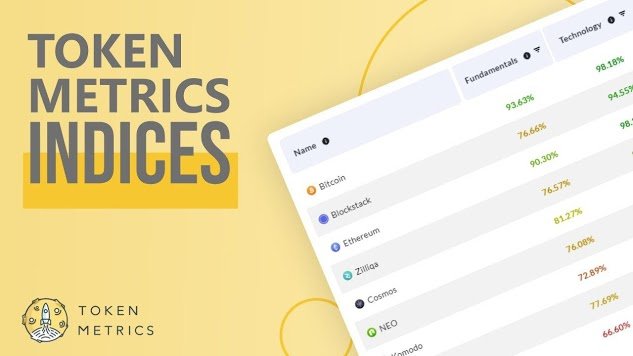Cardano has taken a new step in bridging the gap between Bitcoin and decentralized finance by launching Cardinal. This protocol allows the top blockchain network to interact with Cardano’s DeFi ecosystem.
Cardano founder Charles Hoskinson highlighted the release on June 9, sharing a post from Roman Pellerin, Chief Technology Officer at Input Output Global (IOG), the development arm behind Cardano.
The protocol’s launch marks Cardano’s most focused effort yet to bring Bitcoin liquidity into its ecosystem. By doing so, Cardano aims to unlock new opportunities for decentralized finance while offering Bitcoin holders safer ways to engage with emerging blockchain applications.
Meanwhile, Pellerin pointed out that they don’t consider the protocol production-ready yet despite having already wrapped/unwrapped the first ordinal on the Bitcoin and Cardano mainnets. He added:
“The protocol works but as mentioned in the paper we don’t consider it production-ready yet. Some improvements are incoming. Stay tuned for 1.0 version.”
What is Cardano’s Cardinal protocol?
Cardinal marks a significant step in Cardano’s push to offer Bitcoin holders decentralized access to DeFi services such as lending, staking, and borrowing without relying on centralized bridges or custodians.
Instead, it introduces a more secure mechanism to wrap Bitcoin unspent transaction outputs (UTXOs), turning them into assets that can move freely across the Cardano network.
Cardinal enables Bitcoin UTXOs to be wrapped and used as transferable tokens within Cardano’s DeFi ecosystem. These wrapped tokens maintain a strict one-to-one peg with their original Bitcoin counterpart. Users can burn the wrapped asset at any time to return the actual Bitcoin to its native chain.
This system is built on a trust-minimized model, which assumes that at least one out of many operators behaves honestly.
Unlike federated models that require a majority of honest actors, Cardinal minimizes trust while maximizing decentralization. It also implements MuSig2, a multi-signature cryptographic protocol that lets multiple entities jointly sign a single transaction, enhancing security.
To address the risk of chain reorganizations or delayed finality in cross-chain operations, Cardinal waits for a set number of confirmations before executing critical steps. This approach reduces vulnerabilities and strengthens the integrity of asset transfers between Cardano and Bitcoin.
Cardinal also leverages BitVMX, an off-chain computation system that supports advanced Bitcoin operations without compromising decentralization. By integrating with Cardano’s smart contract infrastructure and Bitcoin’s native scripting, BitVMX ensures efficient, secure, and programmable interactions.
Mentioned in this article






